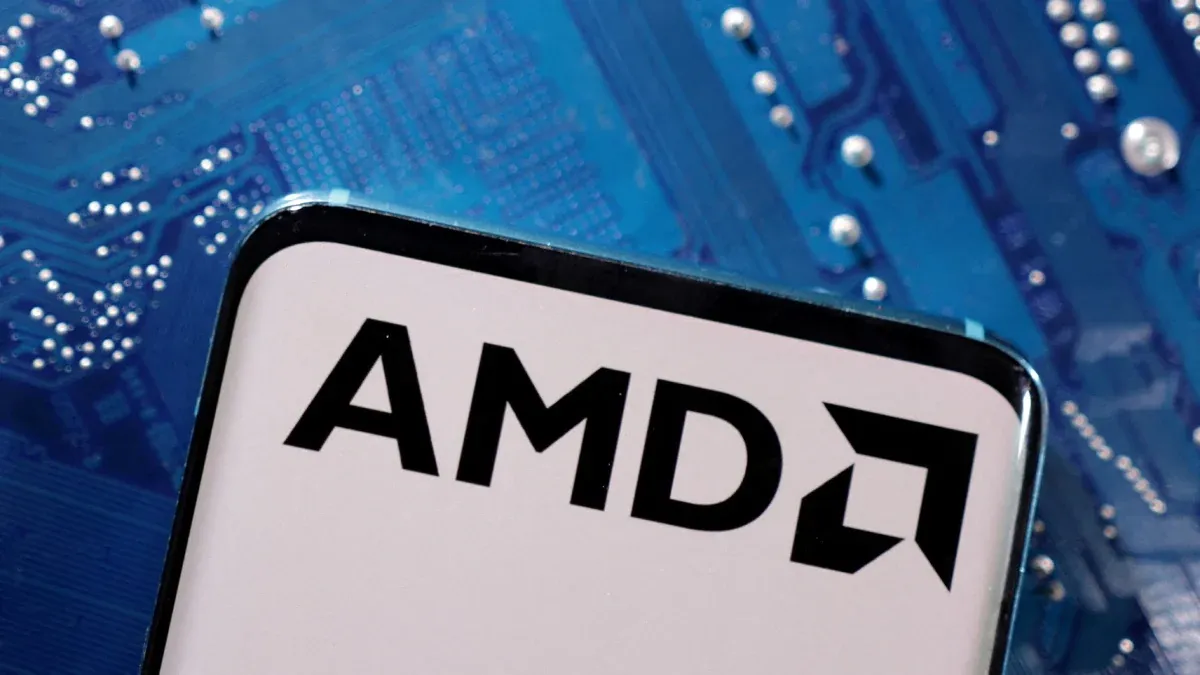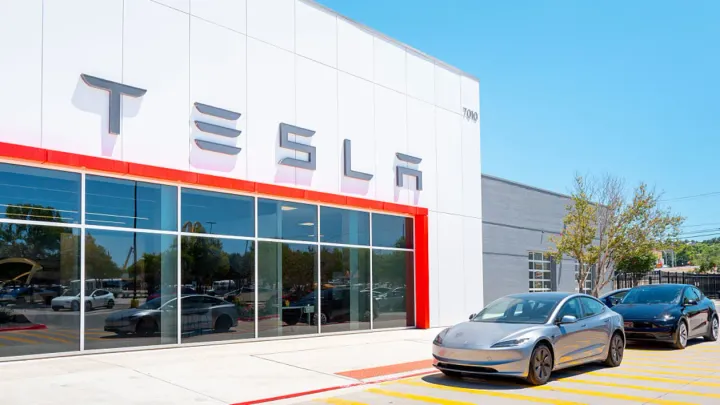AI Boom in the USA? AMD to Build More AI Servers as Chip War Heats Up

AMD CEO Lisa Su Confirms: Chip Production to Begin in Arizona, More AI Servers Coming to the U.S.
AMD is stepping up its U.S. presence in a big way. CEO Lisa Su confirmed that the company is ready to begin chip production at TSMC’s Arizona facility, and it will definitely increase AI server manufacturing within the United States.
Su made these remarks during a media interaction at National Taiwan University in Taipei on Tuesday, signaling a major move in AMD’s strategy as the global semiconductor landscape shifts—and the U.S. pushes for domestic chip production.
Here’s everything you need to know about AMD’s American pivot, AI ambitions, and the growing impact of U.S. trade policy on chipmakers.
AMD to Kick Off Chip Production at TSMC’s Arizona Plant
One of the most important updates came straight from Su: AMD is ready to begin chip production in Arizona at the new facility being built by Taiwan Semiconductor Manufacturing Company (TSMC).
“We are ready to start chip production at TSMC’s plant in Arizona,” said Su.
This facility is part of a $40 billion investment by TSMC in Arizona, marking one of the largest foreign investments in U.S. manufacturing history. The Arizona fabs are expected to boost U.S. chip independence, especially as global tensions with China increase.
For AMD, this is a strategic win. Although it doesn’t manufacture its own chips (it uses a fabless model), having production capabilities on U.S. soil could help the company navigate upcoming trade and tariff issues more easily.
AMD Will "Certainly" Build More AI Servers in the U.S.
Su also made a bold commitment to expand AI server manufacturing in the U.S.
“We will certainly make more AI servers in the U.S.,” she confirmed.
This move aligns with the explosive growth of artificial intelligence, where companies like NVIDIA, Google, and Microsoft are racing to build AI infrastructure. AMD, which recently launched its MI300 series AI chips, is positioning itself as a serious competitor in the space.
The U.S. is not only a major market for these servers, but also increasingly a preferred manufacturing hub as governments push for national tech sovereignty.
Trump’s Semiconductor Tariff Announcement Looms
Adding urgency to AMD’s move is a new policy signal from former U.S. President Donald Trump.
On Sunday, Trump announced he would soon reveal the tariff rate on imported semiconductors, potentially shaking up the global chip supply chain. However, he hinted at “flexibility” for some companies, possibly leaving room for exemptions.
“We’re going to announce the rate on imported semiconductors this week,” Trump said. “Some companies will have flexibility.”
Although Trump is not currently in office, his comments carry weight, especially as he remains a major influence in Republican trade policy. If he returns to power—or even if his stance pressures the Biden administration—imported chips could get more expensive, pushing companies to manufacture locally.
AMD’s readiness to begin production in the U.S. gives it a potential head start in navigating any new tariff regime.
Why AMD’s Move Matters: Taiwan to U.S. Shift
AMD has long depended on TSMC’s facilities in Taiwan to manufacture its processors and graphics chips. TSMC is the world’s largest contract chipmaker and handles production for many tech giants, including Apple, NVIDIA, and Qualcomm.
However, recent geopolitical tensions between the U.S. and China—and concerns about Taiwan’s security—have made American tech companies rethink their manufacturing footprints.
By moving some chip production to the U.S., AMD can:
- Reduce geopolitical risk
- Secure supply chains
- Avoid future trade restrictions
- Win favor with U.S. policymakers
The Bigger Picture: AMD’s AI Strategy and U.S. Tech Sovereignty
The timing of this move is not just about tariffs or politics—it’s also about capitalizing on the AI boom.
With AI server demand exploding, tech companies are racing to build faster, more efficient chips that can handle the training and deployment of large language models and other generative AI systems.
AMD’s MI300 chips are already being used in supercomputers and enterprise AI applications. By expanding AI server production in the U.S., AMD is likely aiming to capture more market share from leaders like NVIDIA, while also aligning with government goals to reclaim technological leadership.
Su’s remarks signal that AMD is going all-in on AI—and wants to do it from American soil.
Quick Summary: What This Means for AMD, AI, and the Chip Industry
| Topic | Key Takeaway |
|---|---|
| Chip Production | AMD ready to start making chips at TSMC’s Arizona plant |
| AI Servers | More AI servers will be built in the U.S. |
| Trump’s Tariff Plan | New semiconductor import tariffs to be announced this week |
| TSMC Dependency | AMD still relies heavily on TSMC’s Taiwan plants |
| Strategic Shift | U.S.-based production helps AMD manage trade and geopolitical risks |
AMD’s American Strategy Is Just Getting Started
Lisa Su’s comments are more than a routine update—they reflect a strategic shift that’s becoming more common across the chip industry.
As AI continues to transform the global economy, and as the U.S. and its allies move to onshore critical tech manufacturing, companies like AMD are adapting fast.
By starting production in Arizona and boosting U.S.-based AI infrastructure, AMD is positioning itself for the next wave of chip innovation—and avoiding future policy headaches.
This is good news for AMD investors, U.S. tech workers, and national security advocates alike.



